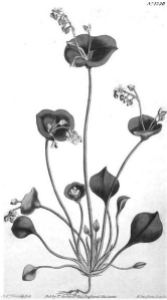 Much about Miner’s lettuce
Much about Miner’s lettuce
It may seem a weed in many California gardens, but you’ll find that miner’s lettuce, or Claytonia, is beautiful, useful and edible!
Claytonia parviflora is a species of wildflower in the Purslane family known by the common name Streambank Springbeauty or Miners’ Lettuce. It is very closely related to Claytonia perfoliata which is also commonly known as Miners’ Lettuce.
Mentioned in the Lewis and Clark Herbarium, a specimen of Claytonia parviflora was collected along the lower Columbia River probably in Columbia Co., Oregon, on 26 Mar 1806.
“The Claytonia perfoliata, a close ‘relative’ was discovered on the northwest coast of America, by Mr. Archibald Menzies, and introduced by him into the Kew Garden, in the year 1796, where it has maintained itself ever since, and whence it has been communicated to most of the Botanic Gardens in the kingdom.
Flowers nearly all the summer; and in a moist soil, not too much exposed, will sow itself, and the young plants will come up in the spring, requiring no other care than to prevent their being choked by more powerful weeds, or cut off by that destructive instrument the hoe. Our drawing was taken at Mr. Salisbury’s Botanic Garden, Brompton.” Curtis’s Botanical Magazine, 1811 *
The genus, Claytonia, had been named for 18th century botanist , John Clayton**, by Carl Linnaeus in 1753. ‘Perfoliate’, means having a leaf with the base united around, and apparently pierced by, the stem.
In 1806, Lewis and Clark’s men collected this plant, Claytonia perfoliata, called miner’s lettuce, at The Dalles, along the Columbia River.*** Until reading this, I had thought the ‘”miners” were “49ers.” Obviously, if Lewis and Clark referred to miners in 1806, then this common belief is a misconception. In 1897, in The wild flowers of California: Their names, haunts, and habits , Mary Elizabeth Parsons does refers to Claytonia perfoliata as Indian lettuce.
At ground level, Miner’s lettuce, a California native in the Portulaca family, sprouts dozens of thin stems, eventually topped with tiny, heart-shaped leaves. As these grow, each one encircles the stem, so that the leaves appear as flat-topped umbrellas, sometimes blown into cupped shapes by the wind.
Most of the edible ‘weeds’, are of European nativity, dandelion, plantain, chickweed, purslane, mallow, cat’s ear, garlic mustard, shepherd’s purse. I don’t actually eat these, but I do eat Claytonia perfoliata! I eat it right out of the garden, and the taste to me is between peas and grass. I especially like to offer it to any young ones around the place and haven’t had one refuse yet. Hmmm.
These round leaves are used in salads, like this one prepared for Tractor Man’s lunch. I did tell him the ingredients…halfway through and he said he couldn’t tell any difference between this and any other salad I’ve made. Humh.
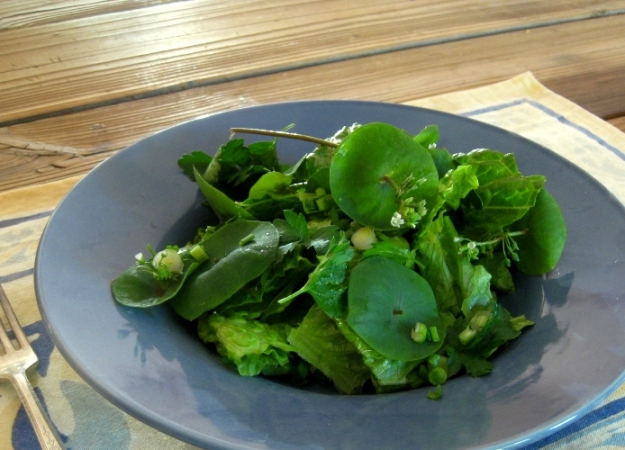
Miner’s lettuce is in high demand in fine restaurants and if Hubby like its, we’ll have it more. Why not?
This was a mixed green salad, half green leafy lettuce and half Miner’s lettuce, chopped green onions and toasted sesame seeds. I’d like to try a fennel, apple, and Claytonia salad sometime.
Easy Vinaigrette
For 2 salads
Whisk in the bottom of the salad bowl:
4 T olive oil
2 T white wine vinegar
1 t mustard
Salt & pepper to taste
Add lettuces and toss.
Notes:
Curtis’s Botanical Magazine, in which the most ornamental foreign plants, cultivated in the open ground, the green-house, and the stove, are accurately represented in their natural colours. (I love this title!)
* Curtis’s Botanical Magazine
The Botanical Magazine is one of the oldest, and longest published, of the British horticultural magazines. Founded by William Curtis, management and editorship of the Magazine was taken over by John Sims in 1799 upon the death of Curtis. Claytonia here.
** Clayton, John, (1694-1773): Emigrated to Virginia from England in 1715. Clerk to the County Court of Gloucester County, Virginia from 1720 until his death. Became friends with Mark Catesby, artist and naturalist. Probably joined Catesby on collecting expeditions and when Catesby returned to England, Clayton continued collecting and sent Catesby many specimens. Catesby shared these specimens with J. F. Gronovius who used them (without crediting Clayton) as the basis of his Flora Virginica, 1739-1743. Gronovius shared the specimens with Linnaeus and they formed the basis of Linnaeus’ knowledge of North American species. Sir Joseph Banks (of Captain Cook and Captain Bligh fame) bought the Gronovius-Clayton specimens in 1793. Clayton and the great naturalist John Bartram became friends. The herbarium of the Natural History Museum of London is named for John Clayton. Source.
*** Herbarium of the Lewis & Clark Expedition Vol. 12, pg 23, item 46 (exact entry below)
Claytonia perfoliata,Donn ex Willd. ssp. miner’s lettuce; ANS-A; Pursh, 176; collected at Rock Fort (Rocky) Camp, The Dalles, Wasco County, Oregon, April 17, 1806
The University of Nebraska Press editions of The Journals of the Lewis and Clark Expedition are widely heralded as a lasting achievement. In all, twelve volumes and a comprehensive index are projected, which together will provide a complete record of the expedition.
–After 1893 and until 1993, it was also called Montia perfoliata, but that kind of in the “Who cares” file. SL

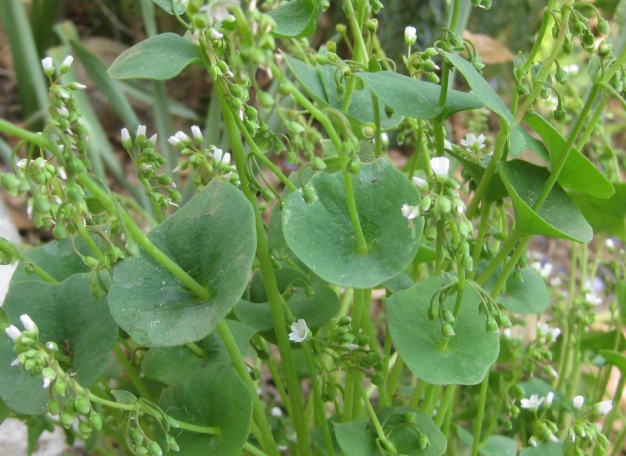
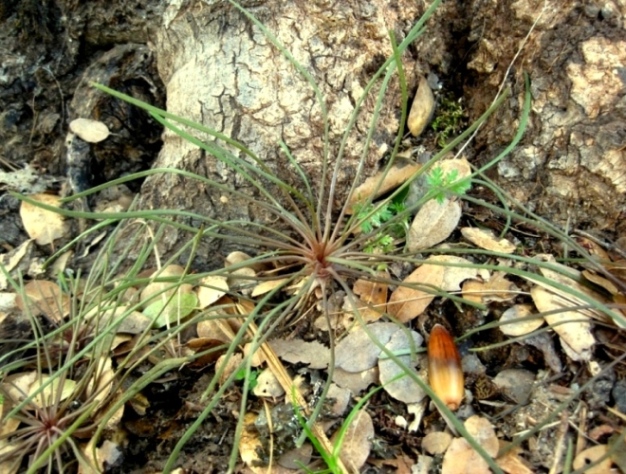
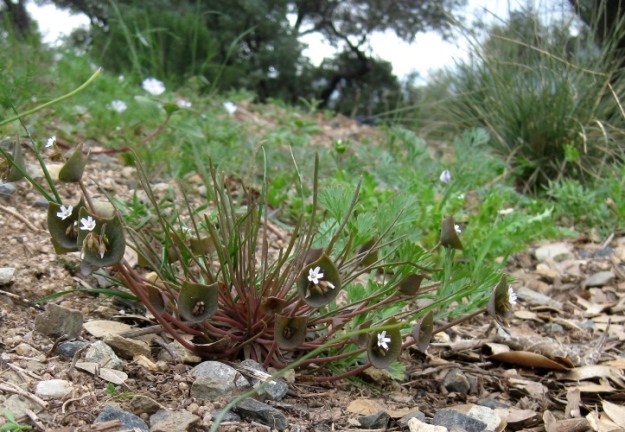
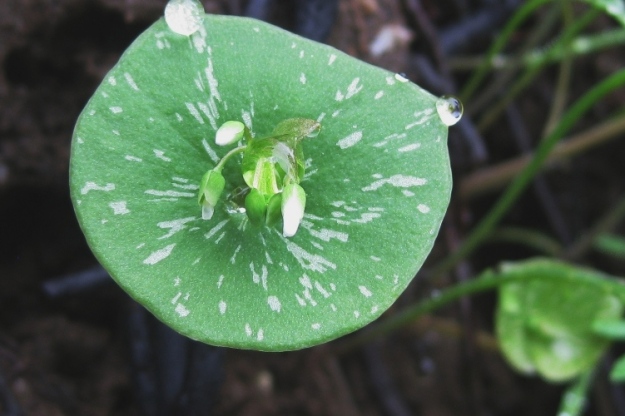
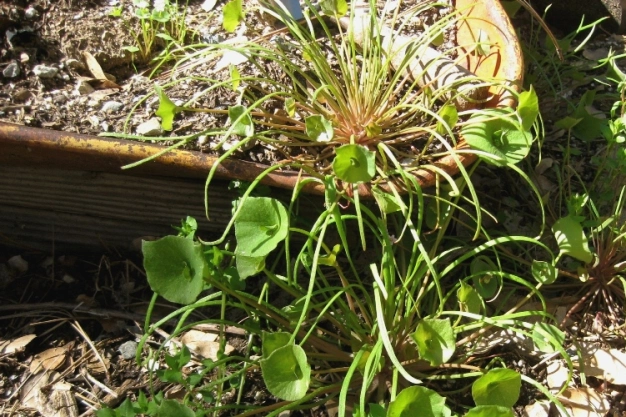

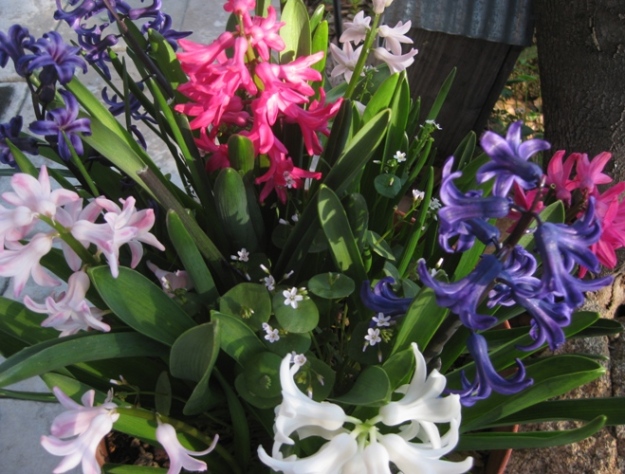
16 comments